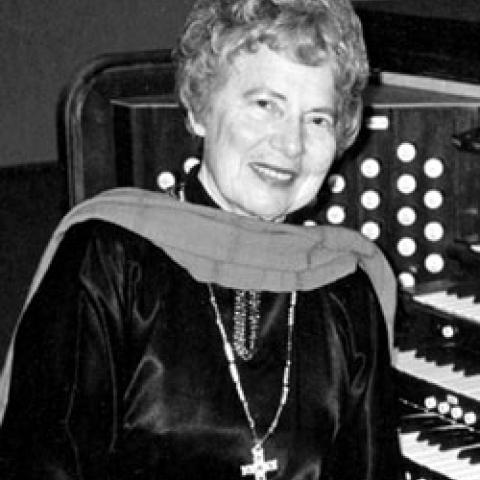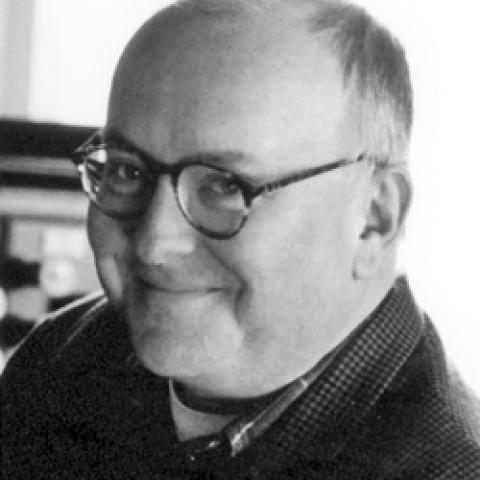
McNeil Robinson II died May 9 in New York City. He was 72. Robinson served as organist and music director in New York City for Holy Trinity Roman Catholic Church, Park Avenue Christian Church (Disciples of Christ), the Church of St. Mary the Virgin, the Church of the Holy Family at the United Nations, and the Trinity Institute of Trinity Church (Wall Street). His tenure at Park Avenue Synagogue spanned five decades. He also had long associations with St. Thomas Church (Fifth Avenue) and the Cathedral Church of St. John the Divine.
Robinson, known for his improvisations, performed throughout the United States, Canada, Europe, and Japan, and recorded for the l’Oiseau Lyre, Decca, LIRS, and Musical Heritage Society labels. A proponent for historical performance practice for music from all eras, he conducted the first twentieth-century performances of selected works by Cavalli, Carissimi, Pergolesi, Alessandro Scarlatti, and Zelenka, as well as early works of Mozart and Méhul. He premiered works by such composers as Jacob Druckman, Vladimir Ussachevsky, Robert Starer, David Diamond, Charles Morrow, and Jack Gottlieb.
As a composer, Robinson received commissions from the Archbishop of Canterbury, the American Guild of Organists, Group for Contemporary Composers, Meet the Composer, and numerous churches throughout the United States. Of his compositions for the organ, he was most proud of his Concerto for Organ and Orchestra, commissioned by the American Guild of Organists and the San Francisco Symphony for the 1984 AGO national convention, and Dismas Variations, which found its way into the required repertoire for the AGO National Young Artists Competition in Organ Performance. His works are published by Theodore Presser, C.F. Peters, and Oxford University Press.
Robinson joined the faculty of the Manhattan School of Music in 1984 and chaired the organ department there between 1991 and 2015. He also chaired the organ department at the Mannes College of Music and taught at the Hartt School of Music, Queens College, and Yale University. His students included Jason Roberts, Justin Bischof, and Aaron David Miller.
McNeil Robinson was born in Birmingham, Alabama, and at age 14 entered the Birmingham Conservatory as a piano student of Hugh Thomas. By age 17, he had performed as soloist with the Birmingham Symphony (now the Alabama Symphony Orchestra). Robinson attended Birmingham Southern College as a full-scholarship student, and moved to New York City in 1962 to continue his piano studies as a full-scholarship student of Leonard Shure at the Mannes College of Music. He also studied privately with Rosina Lhévinne and Beveridge Webster. In 1966 he entered the Juilliard School and studied organ with Vernon de Tar and Anthony Newman, and composition with Vincent Persichetti. He graduated in 1970, receiving the Juilliard Faculty Award.
Following his study at Juilliard, Robinson continued organ study with George Faxon, Russell Saunders, and Catharine Crozier, and with Guy Bovet and Monserrat Torrent at the University of Salamanca (Spain), and composition with Yehudi Wyner and Jacob Druckman. A significant influence in Robinson’s life was Marcel Dupré, several of whose works became signature pieces for Robinson.
McNeil Robinson is survived by his wife, Maria Cristina Robinson, a brother, Robert Michael (Janice) Robinson, and many nieces and nephews. His life and career will be celebrated in New York City at a date, time, and location to be announced (see Agohq.org).




